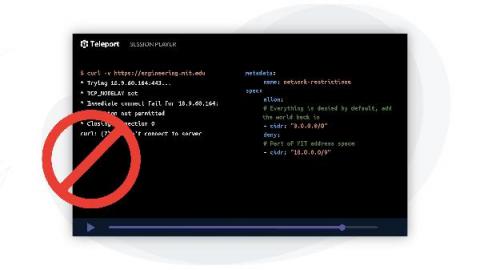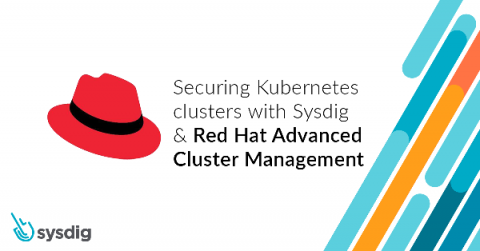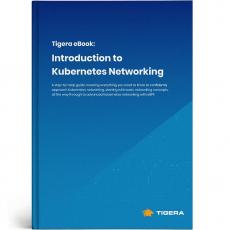Preventing Data Exfiltration with eBPF
To keep your business secure, it is important not only to keep the hackers from getting in but also to keep your data from getting out. Even if a malicious actor gains access to the server, for example via an SSH session, it is vital to keep the data from being exfiltrated to an unauthorized location, such as IP addresses not under your organization’s control. In considering a solution to protect against data exfiltration, it is critical to note that one policy does not fit all.










